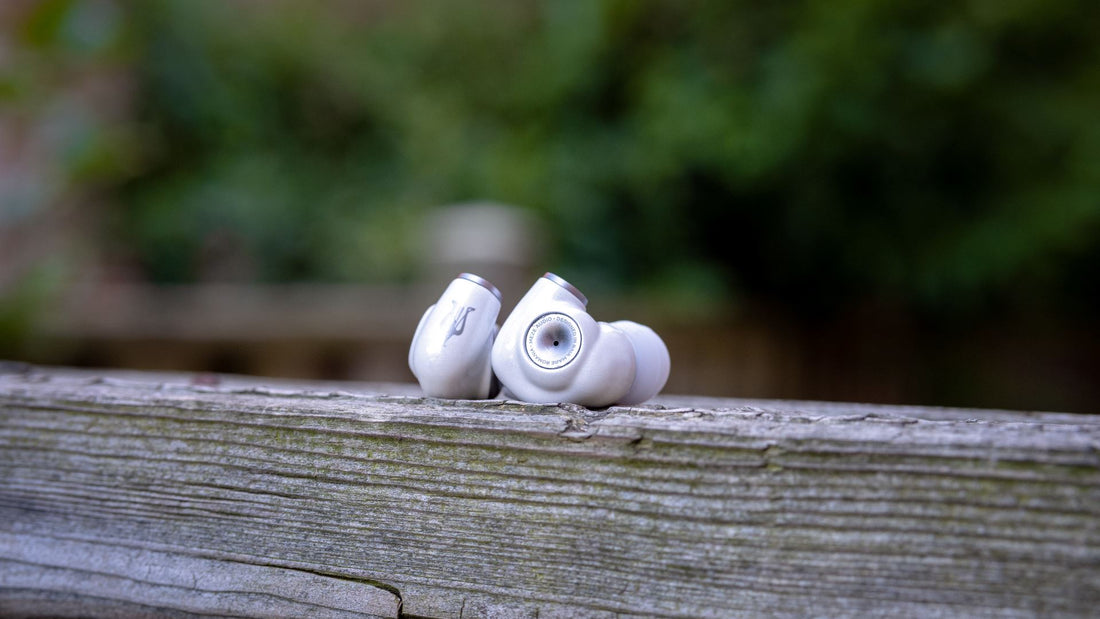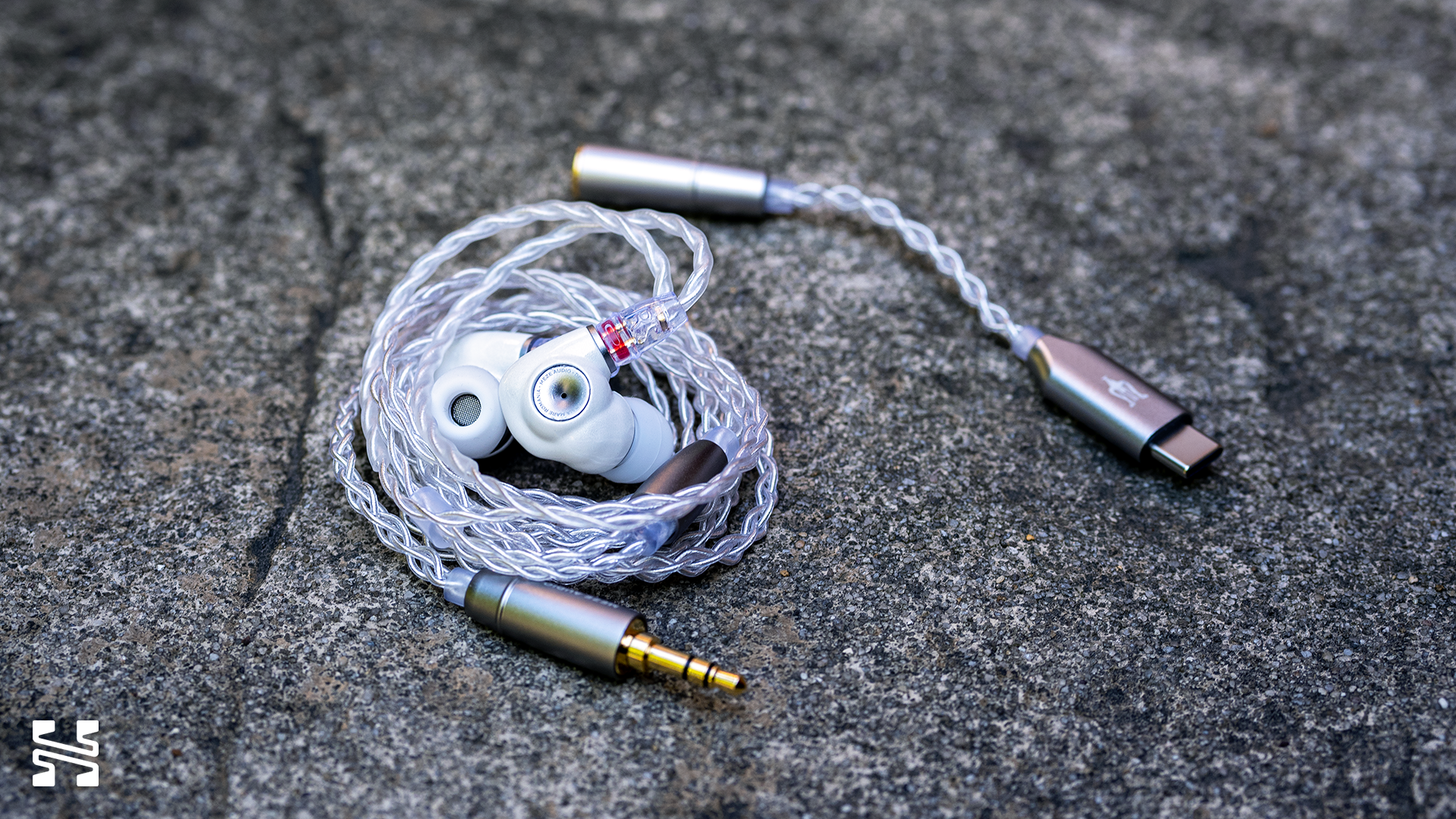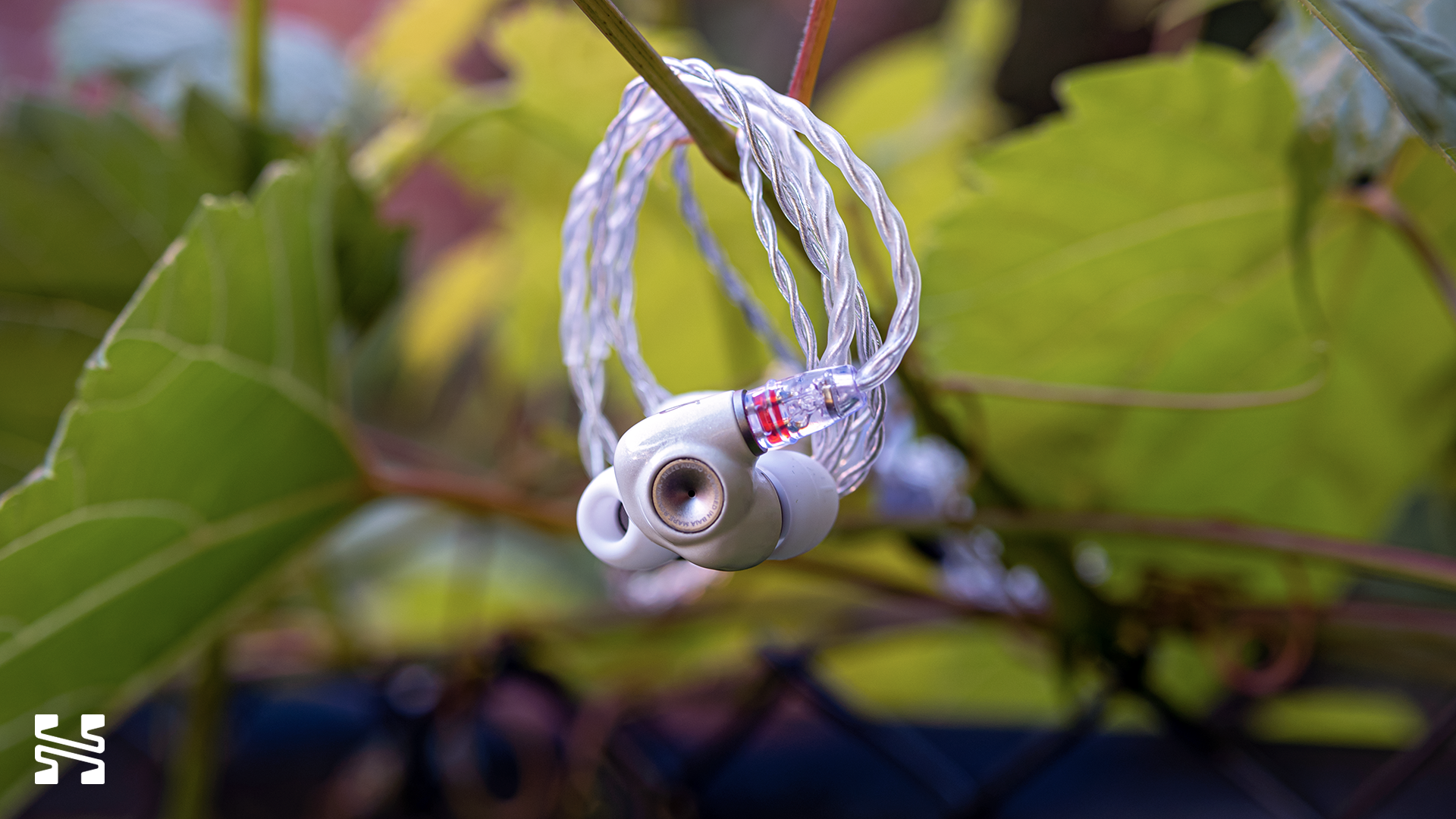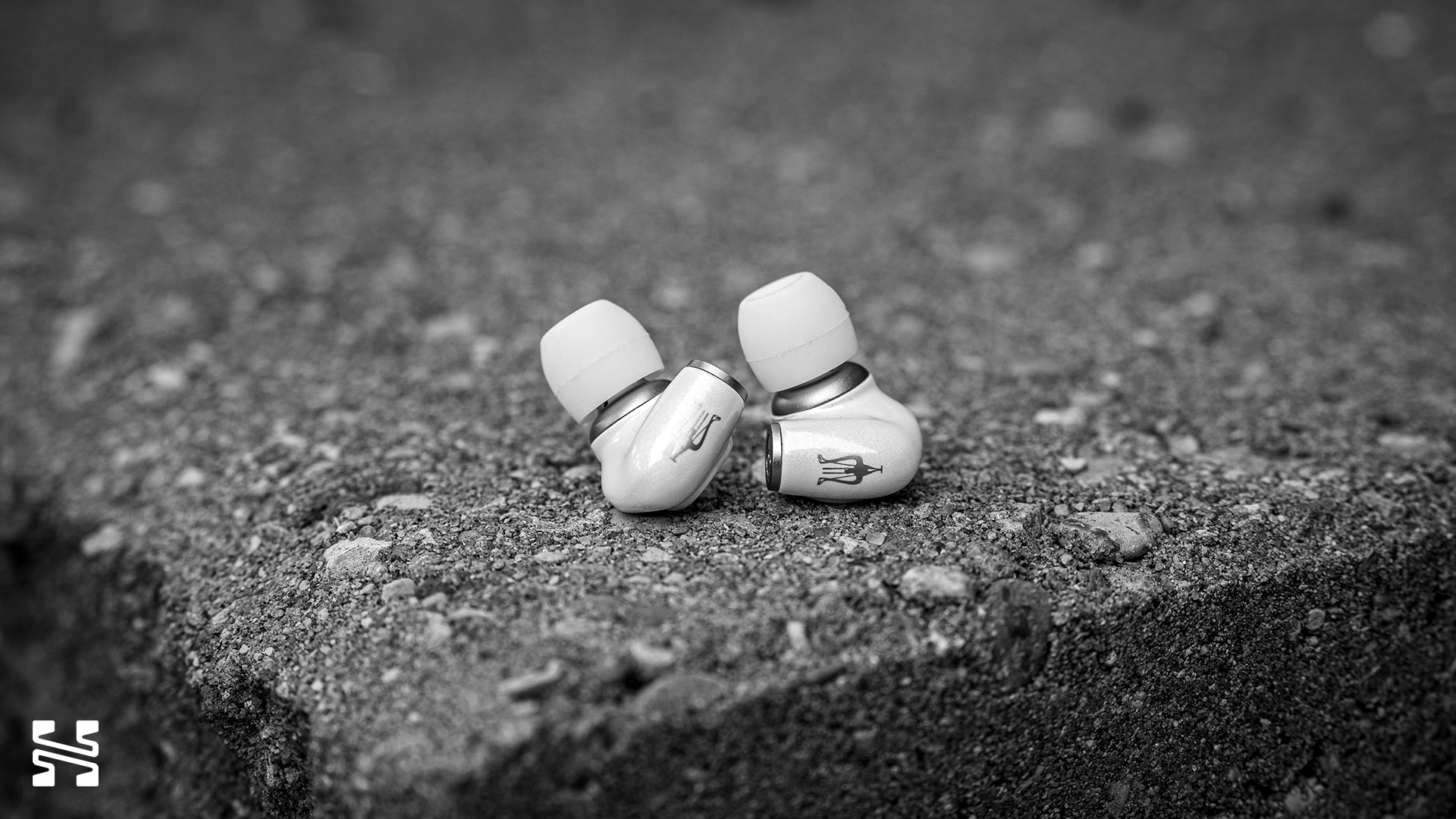Meze Alba Review: Meze (Mostly) Makes its Mark
If you've heard of Meze, it's for their cult favourites headphones such as the Meze Empyrean, Elite, and 99 Classics. But they've flown under the radar when it comes to IEMs. With the release of their new $160 Alba, Meze hopes to change that. Fc-Construct discusses if the Alba will put Meze on the map.

Introduction
If you’ve heard of Meze, it’s almost certainly for their headphones. A Romanian high-end audio company, they appeared on the scene with cult favourites like the Meze Empyrean, Elite, and 99 Classics. When it comes to IEMs however, they’ve flown relatively under the radar with the Rai Penta and Advar. Meze has a plan to change that.
Enter the Meze Alba. It’s a single dynamic driver IEM clearly influenced by the design of the Advar. Unlike the $600 Advar, it comes in at a much more affordable $160. This makes the Alba the cheapest product in Meze’s line-up, a clear indication of their strategy to make a splash in the IEM world. It’s a good starting point, but is it going to be enough in such an intensely competitive market?
Source(s) used: Meze Alba USB-C dongle
What we like
- Awesome build quality and good comfort
- Mild V-shaped tuning with little to fault
- Overall coherent presentation
What we don’t like
- Cable can be tangly
- Treble might be a touch hot
- The stock tips could be better

Build and Fit
If nothing else, the build of the Alba is simply fantastic. This is expected given it's almost the same as the Advar. The shells are made of a zinc alloy and have a gorgeous glossy white sparkly piano finish to it. They feel substantial but not heavy. There’s an ergonomic conch shape going on, and while the nozzles are around 6 mm, I didn’t have any comfort issues with the Alba. I’m glad the Meze didn’t compromise on the build quality for the Alba when they could have opted for a cheap plastic shell.
For accessories, you get a pretty basic set:
- 4 pairs of white silicone ear tips (S/M/L/XL). Personally, I’m not much of a fan of these tips as I find the seal to be finicky. I would’ve preferred if they included the Final E tips that came with the Advar.
- A small white leather carrying case. Very small.
- A 2-pin braided silver cable. This is a very nice cable but I do have to deduct points for being very tangly. The use of 2-pin here is a bit unexpected as the Advar uses MMCX but I think it’s a good move by Meze as 2-pin tends to be more reliable.
The Alba also comes with a custom Meze USB-C adapter in a separate box. It does light up when plugged in; I’m not sure how much of a battery drain that will be. At any rate, I’m pleasantly surprised that Meze went out of their way to include this as it’s a real value add. It demonstrates to me that Meze is planning on targeting first-time IEM owners who might not be as well-versed with the whole budget IEM market and are willing to pay slightly more for a beautiful starter set. Seriously, I still get asked practically every day about what DAC/amp someone should buy to pair with their new IEMs.
Oh and I think I’m contractually obligated to let you know that Alba is Romanian for “first light”.
Sound and Frequency Response
Here is the frequency response of the Meze Alba taken using my IEC-711 clone coupler. As usual, treble measurements particularly past the ~ 8 kHz peak are not accurate. The wide grey bands are preference bounds from research that show the limits of how much deviation/tonal colour a headphone or IEM could have from DF HRTF that people still found acceptable without it starting to be perceived as imbalanced. Here’s a great video primer if you want to know more about what that means.
We can see that the Alba has a bit of a V-shape tuning as it comes to the edge of the preference bounds. It isn’t anything out of the ordinary for IEMs and I didn’t note anything particularly off about its tonality when I tried it for the first time.
Here’s the raw graph giving us a different perspective on the Alba’s measurements. We can see that the Alba’s frequency response is actually quite well controlled on the whole. While it looks like there’s an upper treble peak, I don’t think it’s going to be too much of a concern as it’s in a region where there isn’t actually much musical information (i.e. past 15 kHz). Of course, your mileage will vary when it comes to treble.
Finally, here’s an interesting tidbit of comparison. Resolve’s measurement of the same Alba on the B&K5128 is almost identical to mine on a clone IEC-711 coupler. Pretty cool. If you want to learn more about how we can compare IEC-711 to B&K5128 measurements, see this post from Listener.
Bass
The bass of the Alba is punchy. There’s a midbassy quality here, likely due to the way the bass is structured where it’s less of a distinct shelf and more of a straight slope into the lower mids. You won’t get a dominant subbass rumble, but it’s still a firm, deep, and bodied bass response. That all important sense of oomph is very much present. Note definition is clean with a bit of a rounded quality at the transients that I find common in a lot of dynamic drivers. Overall, the bass quality is pretty good, with a touch of fun while still being well controlled.
It should be noted that trying different tips might lead to some better results. I found swapping to Azla Sedna Earfit Max helped improve the bass articulation thanks to getting a more consistent seal. I used the stock tips for the sake of this review, but would otherwise use those Sedna Max’s for my own listening.

Mids
Like many IEMs, the Alba has a 1 - 2 kHz upper mids hump when seen on the calibrated graph. Depending on the overall tuning, this can manifest in a sort of “vocal front”, where vocals stick out of the mix and might sound somewhere along the lines of stuffy, nasally, or honky. I hear this on IEMs like the Sennheiser IE 600 or Letshuoer S15. But it’s not an issue with the Alba. The hump isn’t much to begin with as it’s within the preference bounds, and more importantly, there’s sufficient energy around 3 - 4 kHz to diminish the effect of the hump.
What we get is the vocals being pulled forward and an accentuation in the texture of midrange dominant instruments like stringed instruments. It’s well-tuned and well-balanced within the scope of the Alba, with little to note regarding tonal quirks. Male and female vocals perform equally well. There isn’t a hint of sibilance or harshness. If anything, there’s a slightly warm, saturated sort of sound.
Treble
I quite like the treble of the Alba. There’s a broadband elevation that’s generally well controlled. While it may graph with a big dip around the 10 kHz region, in practice, this isn’t really heard except perhaps for a minor loss of shimmer. I also don’t find the Alba to be a particularly bright IEM. It has energy, but bright isn’t the first thing that comes to mind when I hear the Alba. It’s only in the occasional heavy strikes of large crash cymbals where it can come on a little strong.
Of course, this is quite dependent on your music. If you’re listening to recordings where the hats and cymbals are constantly being thrashed, the extended upper treble energy may start to be fatiguing over time. Otherwise, I’d say for the vast majority of my music, I didn’t have an issue with the Alba’s treble tuning.

Presentation
The soundstage of the Alba is your typical IEM fare. Largely in-your-head. However, there is a commendable layering ability and imaging chops that play adds stage depth to the stereo field. Dynamically, it’s quite respectable with a rolling punchiness that keeps my head nodding along.
The greatest strength of the Alba is how coherent it sounds. It’s not “high res” in the traditional sense where you hear all the super tiny nuances within a note or in the trailing ends of tones. But it does seamlessly convey musical phrases and the notes within them. Combined with its dynamics and layering ability, I find myself better appreciating how songs are structured with the Alba. Like how passages lead into another, which notes are accented to give rhythm, or why certain instruments are only present in the background to develop a particular ambience. Of course, in theory all of this information is present in the recording and any headphone or IEM should be able to do the same thing. But it just seems a bit easier to do so with the Alba.

Comparisons
Meze Advar
Meze’s first attempt at a single dynamic driver was the $600 Advar. It’s effectively an even more V-shaped version of the Alba. There’s significantly more midbass and a much sharper treble. I actually like the Advar as it plays well with a lot of my rock heavy library, but I do think for most people, the Alba is going to be the better buy. It costs a quarter of the Advar, is arguably better tuned, and you aren’t giving up much in terms of technical performance. Get the Advar if you want something with a strong character (and don’t mind paying a lot more for it), but otherwise, I’d say stick with the Alba.
Sennheiser IE 200
Now for something much more aligned in price, I think the $150 Sennheiser IE 200 is probably the most appropriate comparison we have for the Alba in today’s market. They’re both tuned very similarly up until the upper mids, where it starts to diverge beyond the 3 kHz mark. Here, the Alba maintains the energy all the way into the upper treble while the IE 200 has a relative dip before coming back with its treble brilliance.
This makes the IE 200’s vocals even milder than the Alba. The treble of the IE 200 is more prominent and sharper than the Alba, likely because it has more of a peak shape to it in the mid-treble rather than a uniform elevation across the range. The Alba has more bass presence than the IE 200, but I’d say the level of quality is about the same (as long as you do the tape mod on the IE 200). Both deliver a very respectable amount of depth and dynamism for the price.
The Alba has two major advantages over the IE 200. The first is its technical performance. The Alba sounds more coherent and less limited than the IE 200 does. The IE 200’s lack of layering, imaging, and texture can make it sound shallow. The absolute difference isn’t massive, but it’s noticeable. The second is the build quality and comfort. The Alba’s build quality is leaps above the IE 200’s plastic shell, proprietary MMCX, and strange bass ports. And while the IE 200 is admittedly pretty comfortable once you get used to its tiny shape, I still prefer the Alba’s ergonomics.

Others
There are countless IEMs in the <$200 category and I obviously haven’t heard them all. Nor can I spend all day giving comparisons for every IEM I have heard. You’ll be better served finding a detailed review of the specific model you’re interested in and then considering if that appeals more to you than what I’ve outlined in this review for the Alba. IEMs are in a very competitive place right now so don’t be surprised if you don’t find there to be a clear cut winner.
That said, I can give a few comments on a couple IEM archetypes.
- Single dynamic drivers - While I like the Alba’s presentation, it isn’t really that different from the other single DD IEMs out there in its technical ability. As such, tonal balance (as always) should be your priority when making a choice. For example, if you have something like the Truthear Hexa already, the Alba could be a more fun option. If you have something like the Truthear Nova, the Alba would be a less intense listen.
- Planars - I find planar IEMs to be rather similar in their sound, at least some of the more established ones. They’re often perceived to be more technical sounding, but the treble response is generally rather uncontrolled. They’re reasonably tuned in the midrange, though typically with a large amount of ear gain centering around 2.5 kHz for a generous helping of vocals. While there are milder planars these days, they’re still a different experience from a dynamic driver. I think if you’re really into this hobby, you should try both a planar and a single DD IEM at some point so depending on what you currently have, I would pick the other. If you’re looking at the Alba as your first IEM, I’d probably go with that instead to get a good baseline for what the majority of IEMs are like.

Should You Buy It?
Yes, though it’s a light recommendation. It’s a mildly V-shaped IEM with a relatively fun tuning and a coherent presentation. If you haven’t clued in by now, I think the Meze Alba is a good IEM that’s worth the money even in this market, but nothing about it particularly sets it apart from products that have come before. Or that will come after for that matter. It’s simply an enjoyable IEM even if it probably won’t be “the best” for any given person.
As mentioned near the beginning of this article, it seems like Meze is targeting first-time IEM buyers who are willing to pay a bit more for a premium experience. In that sense, I think they’ve done a competent job. The Alba is a “whole package” type of IEM. It’s comfortable, gorgeous, well-built, comes with a little USB-C adapter, and has little flaws on the sound side. I doubt many will be disappointed by it. And while it may not be innovative, I don’t think that’s a prerequisite to a good product. Long story short, if you were already itching to buy the Alba as your first IEM and was looking for someone to tell you to pull the trigger, here it is. Time is better spent enjoying music rather than obsessing over trying to find “the best” before actually hearing anything.
